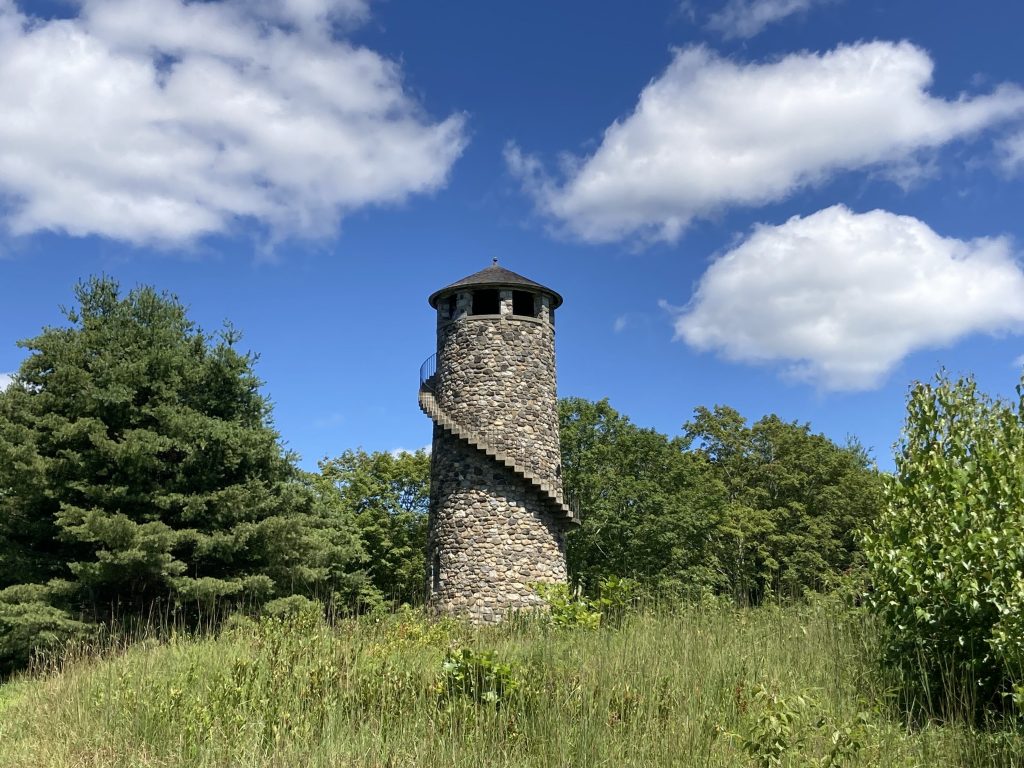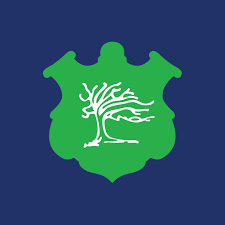Last Updated
The information shown here is for general reference purposes only. exploreCT.org gives no warranty, expressed or implied, as to the accuracy or reliability of this data. Parking in all areas, whether designated here or not, is at your own risk. exploreCT.org is not responsible for any damage or loss to vehicles or contents.Last updated January 6, 2020


 Camp Columbia is the former site of the Columbia Engineering school the property is split into two parcels the historic park (72 acres) and the state forest (528 acres). The main feature is one of Connecticut’s
Camp Columbia is the former site of the Columbia Engineering school the property is split into two parcels the historic park (72 acres) and the state forest (528 acres). The main feature is one of Connecticut’s 








